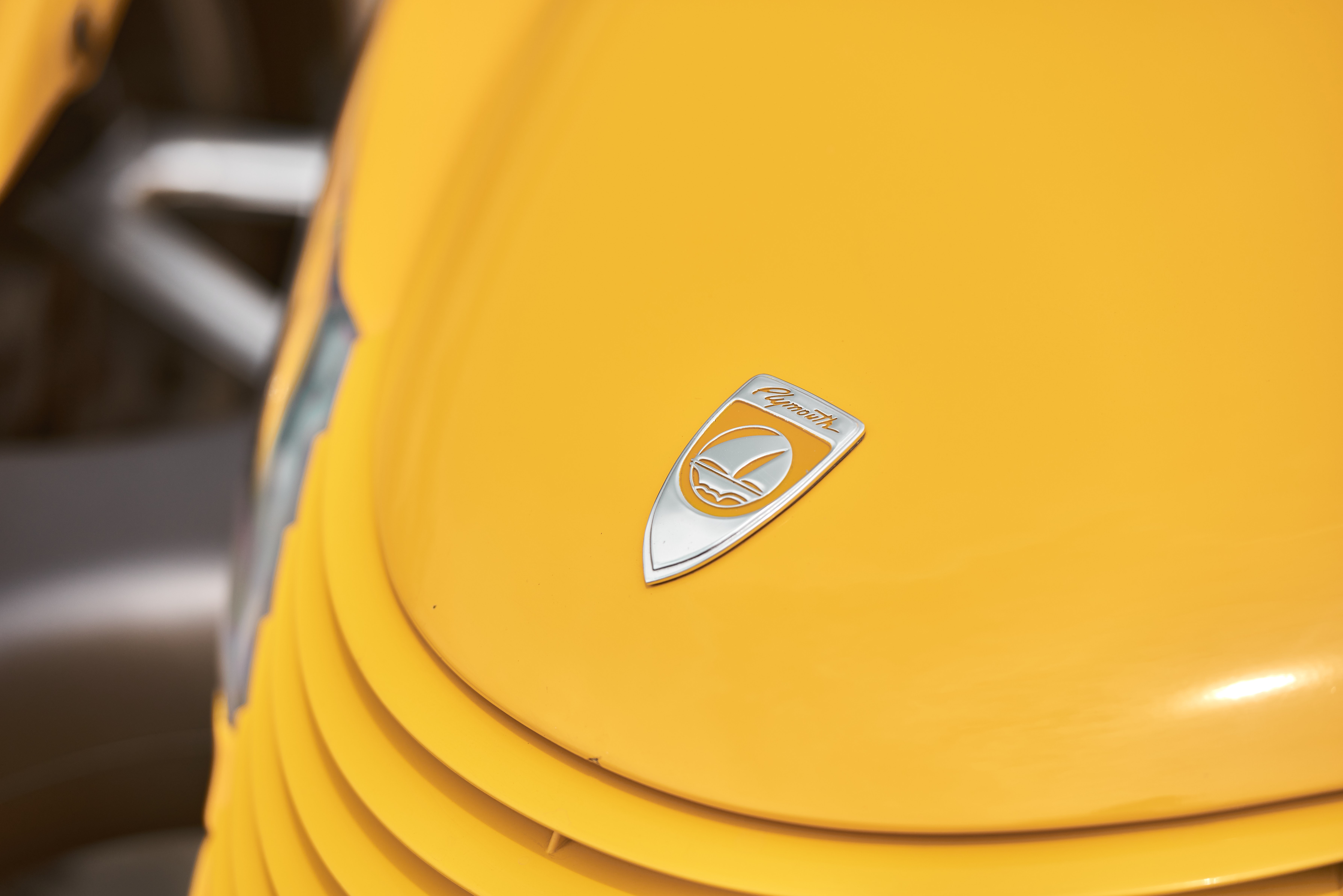Chrysler, fresh off the success of the Viper, decided to take another bold step. They challenged their engineers and designers to unleash their creativity without constraints, resulting in the birth of the wildly unconventional Plymouth Prowler Car. This vehicle was the brainchild of Thomas C. Gale, Chrysler’s design director at the time, who envisioned a modern interpretation of classic 1930s American hot rods.
Gale, himself a hot rod enthusiast and owner of a modified 1932 Ford, used his personal passion as the foundation for the Prowler’s design. However, it was the renowned hot rod specialist Chip Foose who ultimately refined and finalized the Prowler’s distinctive and captivating aesthetic.
The Prowler emerged during a challenging period for the American automotive industry, particularly for Chrysler. The company was producing a range of vehicles, including models like the Neon, Intrepid, 300M, Sebring, and Caravan. While some of these served their purpose, they generally lacked excitement and struggled to compete with their Japanese and European counterparts in terms of desirability and driving pleasure. None of these cars possessed the “cool” factor.
The Plymouth Prowler car was conceived as a dramatic statement, a vehicle designed to shatter perceptions and demonstrate Chrysler’s ability to still create automobiles that ignited passion. It was intended to showcase to the world that Chrysler could still manufacture exciting and visually arresting cars.
However, the financial realities of Chrysler at the time imposed limitations. The Prowler, destined for limited production, had to be developed in a cost-effective manner. This meant that to get the green light for production, it had to utilize existing Chrysler components wherever possible.

This necessity led to a significant compromise. The Prowler’s aggressive hot rod styling suggested a powerful V8 engine lurking beneath its hood. Instead, it was equipped with a 3.5-liter V6 engine, the same engine found in Chrysler’s more mainstream and less dynamic sedans.
The V6 produced a rather modest 214 horsepower and 221 lb-ft of torque. Adding to the disappointment of performance enthusiasts was the transmission: a four-speed “Autostick” automatic transmission borrowed directly from the Eagle Vision. The absence of a manual gearbox option further fueled criticism from purists.
Despite these powertrain limitations, Chrysler’s engineers were determined to ensure the Prowler car delivered a sports car-like driving experience. They implemented several clever engineering solutions to enhance its handling and agility.
Although the automatic transmission was originally designed for front-wheel-drive vehicles, it was ingeniously adapted for rear-wheel-drive configuration in the Prowler. It was connected to the front-mounted engine via a torque tube, a design reminiscent of the C5 Corvette, contributing to improved weight distribution and responsiveness.
Furthermore, the Prowler extensively utilized aluminum in its construction to minimize weight. Weighing in at approximately 2,800 pounds, the Prowler was remarkably light, even lighter than contemporary sports cars like the Porsche 911 and Acura NSX.
The model featured in these images is a 1999 Plymouth Prowler car, representing the facelifted version of the vehicle. This updated design and specification remained largely unchanged until the Prowler’s production ceased in 2002.
The most significant upgrade in the 1999 refresh was a more potent V6 engine, now producing a more respectable 253 horsepower and 255 lb-ft of torque. This increase in power resulted in a slightly improved acceleration, with a claimed 0-60 mph time of around six seconds, making the later Prowler models a bit more sprightly off the line.
